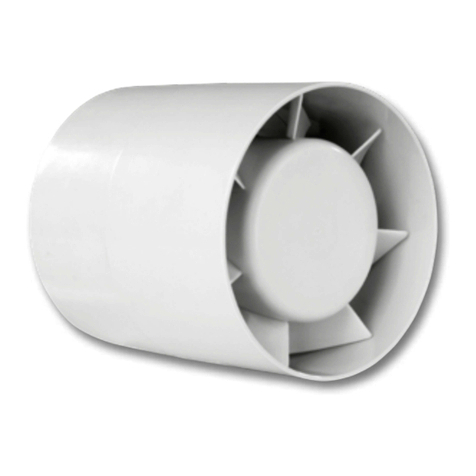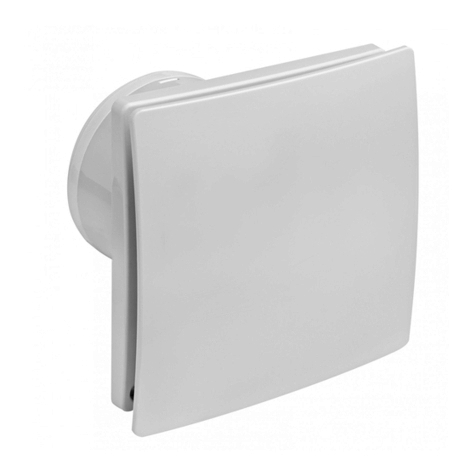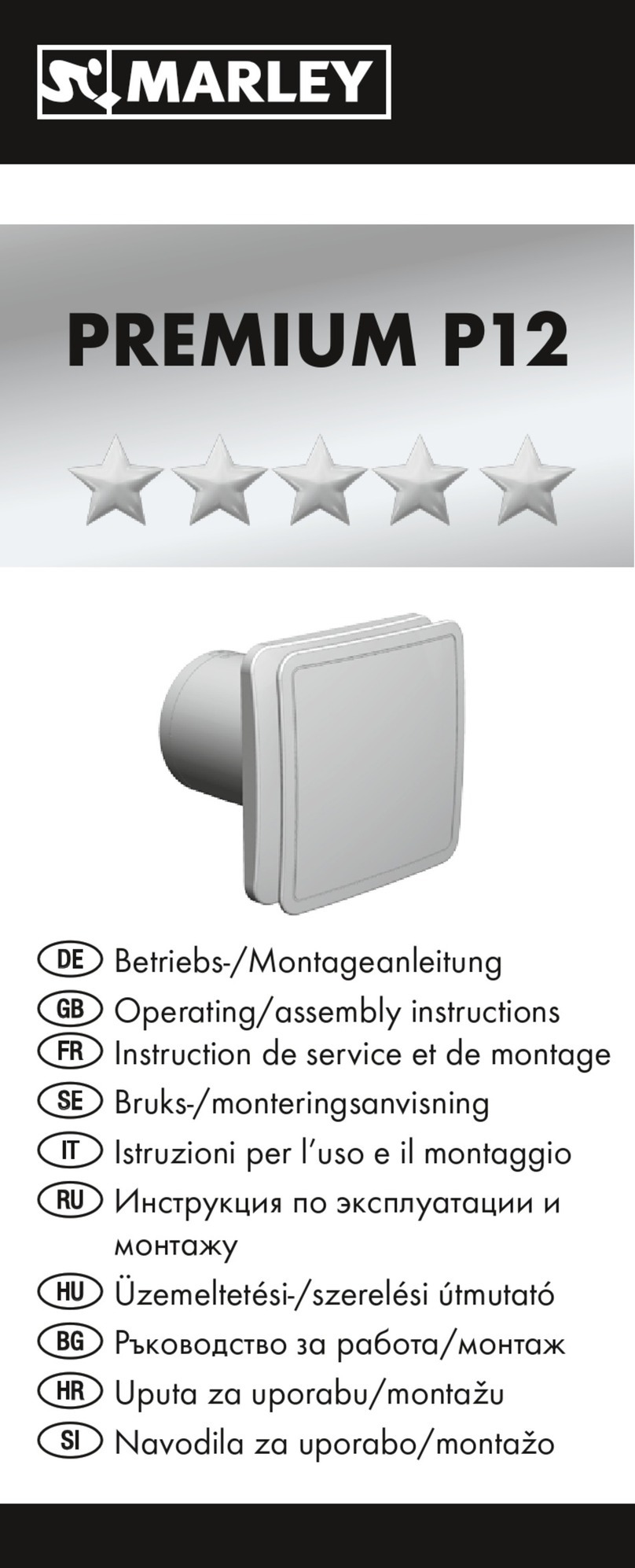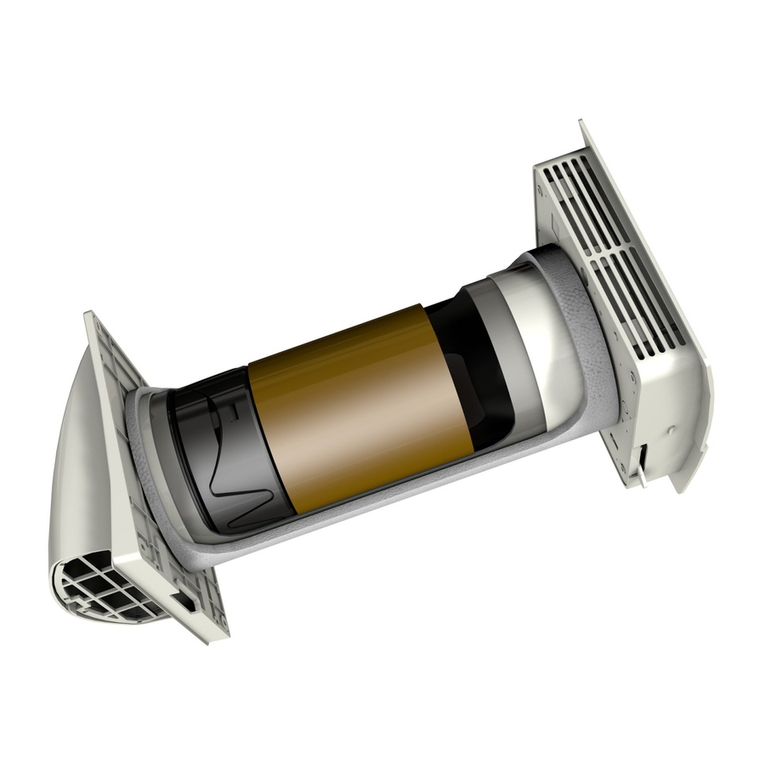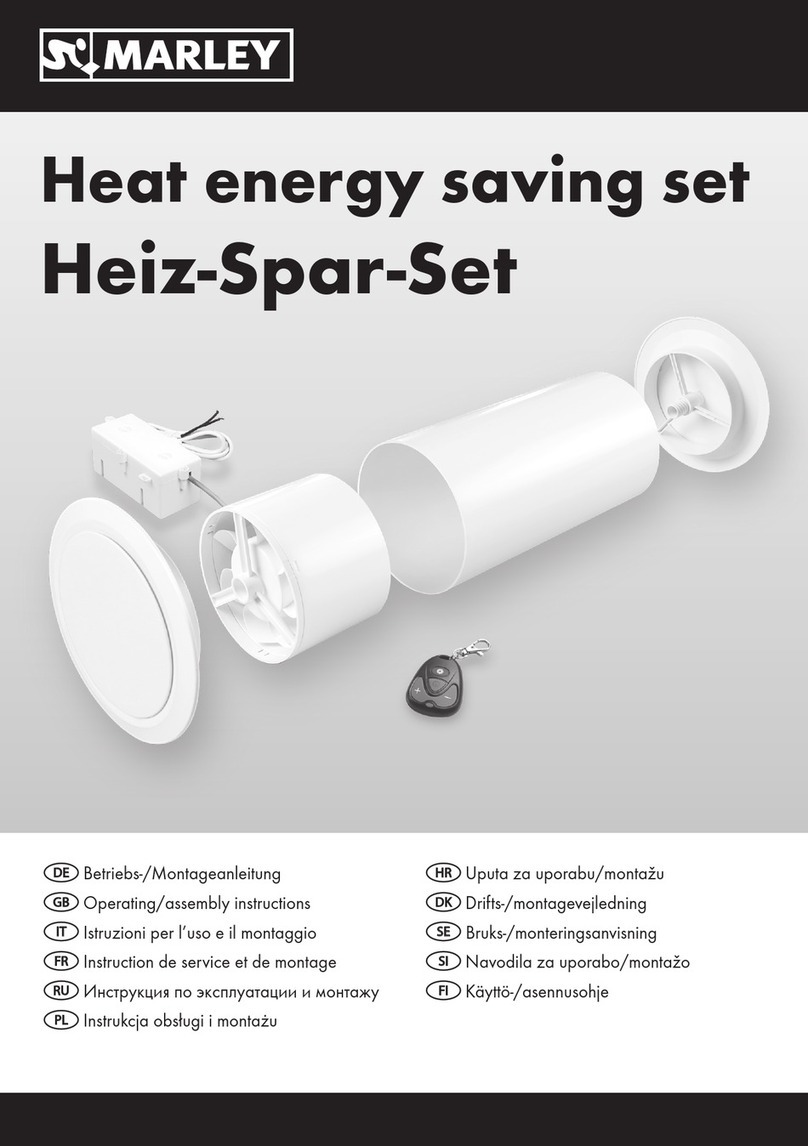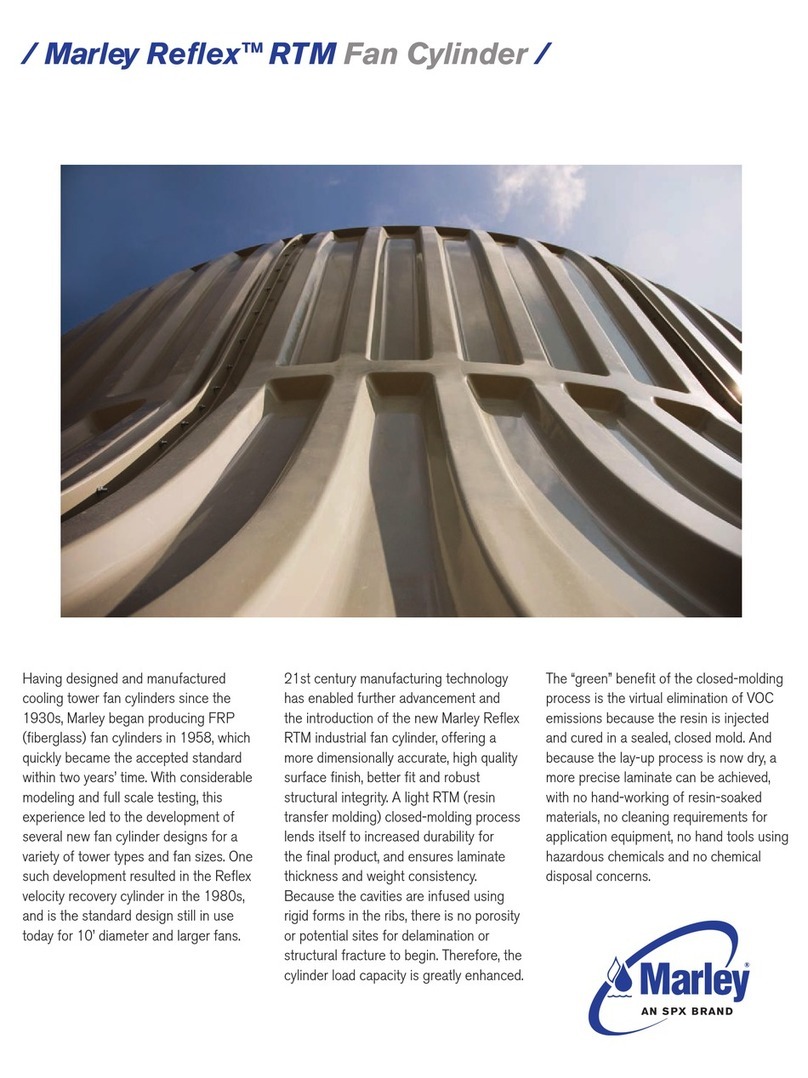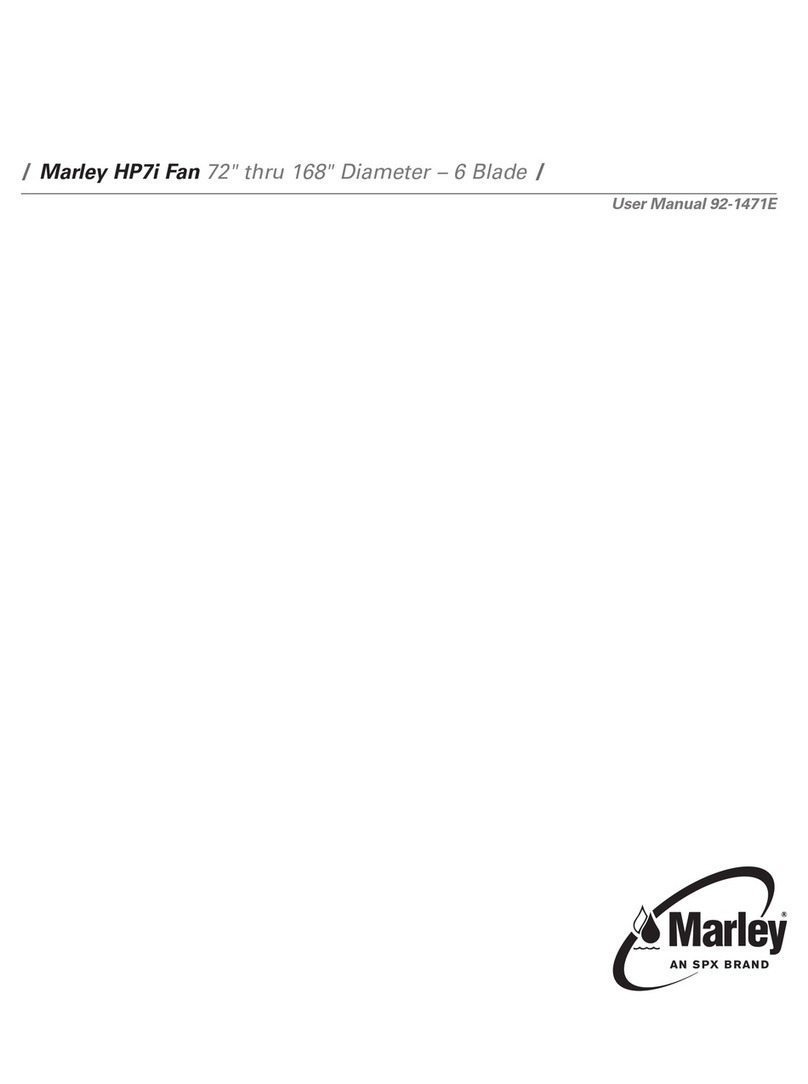
3
operation and service
Corrosion and Dry Start-Up Protection
Marley Geareducers utilize iron and steel materials, which if not
maintained correctly, may degrade. While some external corro-
sion is acceptable, an internal lubrication film must be main-
tained at all times to protect the working components against
corrosion and potential startup damage. The following informa-
tion describes methods of operation and preventive measures
to ensure suitability for long-term operation.
Status Definitions
Pre-Commission
Duration* = Up to 4 months after receipt.
*export shipment status duration is reduced by 1 month
This is the as-shipped condition, which contains a factory rust-
proofing coating on the interior of the unit as well as a grease
coating on the exposed shaft surfaces.
If the cooling tower is not ready for operation at the time of
status expiration, steps must be taken to place the Geareducer
into Long-Term Storage or Downtime status.
Operational
This stage is initiated upon the first motor driven sequence. The
Geareducer is now considered as being placed into regular
service and operation.
Idle
Duration = 2 to 4 weeks.
This stage is a suspension in operational status and lasts up
to two 2 weeks. The duration may be doubled by completing
a Run Cycle.
It is not recommended to extend the idle status more than once
in any given sequence.
A common application is during a temporary outage
Seasonal Shutdown
Duration = Up to 4 months after operational is suspended.
This stage may be considered an extended idle condition.
Requires additional preventive maintenance.
Long-Term Storage or Downtime
Duration = Indefinite.
Requires long-term preventive measures.
Run Cycle
Defined as full speed operation for a minimum of 30 minutes.
This recoats all internal components and surfaces with lubri-
cant and also helps to expel some moisture that may have
accumulated from daily ambient condition cycling.
As shipped, a Marley Geareducer is protected internally against
corrosion with machine enamel on un-machined parts and with
rust-proofing oil and grease on machined surfaces. These coatings
normally protect the Geareducer against corrosion for the duration
of the Pre-Commission phase. Adding normal lubricant to the
unit will dissolve the rust-proofing oil in the Geareducer sump.
Provided it is added via the filler-neck or pumped in through the
drain connection, this lubricant will not reduce the overall level
of protection however, if the unit is operated for any amount of
time, the Pre-Commission period is depleted and the unit is now
considered to be in Operational status.
Check the Geareducer exterior yearly. Touch up with paint as
required. Exposed pipe threads are coated to prevent corrosion.
Touch up coating as required.
Initial Operation
Priming
Due to lack of control over facility operational readiness, site
ambient conditions or storage practices, etc., it is recommended
to supplement lubricant prior to initial operation. The same fill
lubricant should be poured or pumped into the port above the
interstage shaft. Remove pipe plug in center of Interstage Bearing
Cap to expose port. Refer to Figure 3. If additional oil is being used,
an amount of 1 to 1 1/2 quarts should be used. If the lubricant
is being pumped from the sump bulk volume, at least 1 quart
should be transferred. In either case, this priming step should be
performed within 5 days of initial operation. If a delay occurs and
the 5 day duration is exceeded, repeat the process. In either case,
this priming step should be performed while rotating the gear train
by hand and within 5 days of initial operation.
Warning – Operating the Geareducer at an oil level other than
between the Add and Full levels may damage the unit and possibly
mating equipment. This could also escalate to a safety concern
for nearby personnel.
The Geareducer must be filled with oil to the Full oil level mark on
the Geareducer case before it is placed in operation. If the unit
is being taken out of Long-Term Storage or Downtime, the oil
should be drained down to the Full operating level. If drain-down
occurs within 5 days of the initial startup, the above priming se-
quence may be skipped. See Changing Geareducer Oil section
for oil filling instructions.
Geareducers supplied with new cooling towers include oil for the
initial filling and in some cases, will also ship with an additional
amount required to place the unit into Long-Term Storage or
Downtime status. Normally, oil is not furnished with Geareducers
supplied as a spare or on replacement orders. Before operating
the mechanical equipment, check to be sure the oil level is at the
Full mark at the Geareducer and that the external gauge placard
Full mark corresponds with the Full level in the Geareducer. Check
oil lines to be sure there are no leaks.

